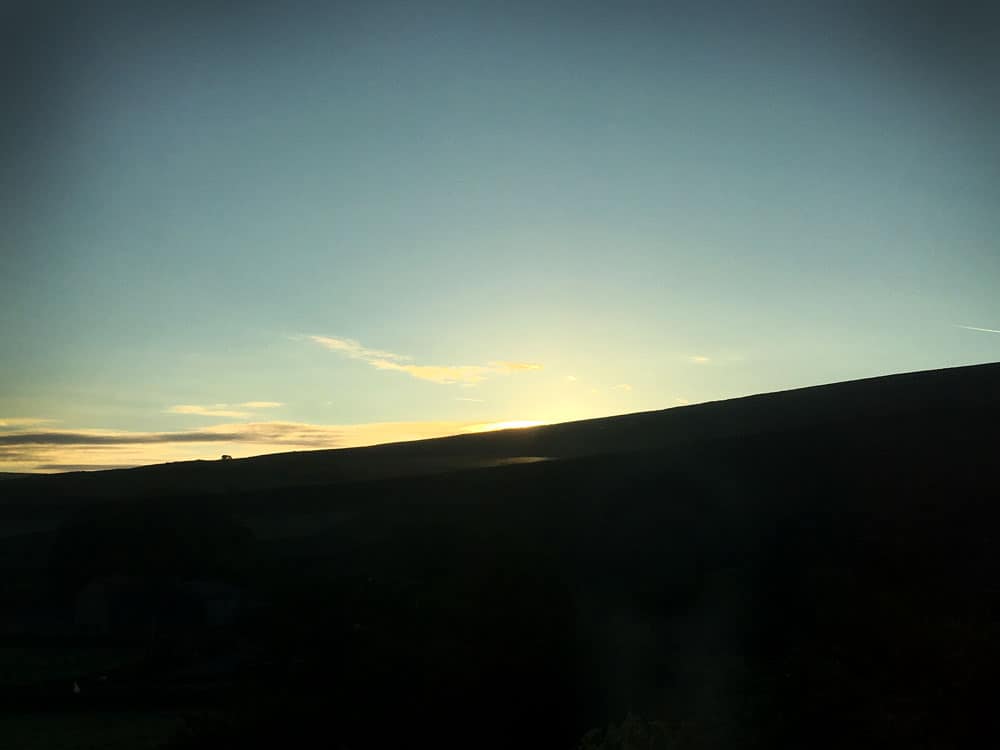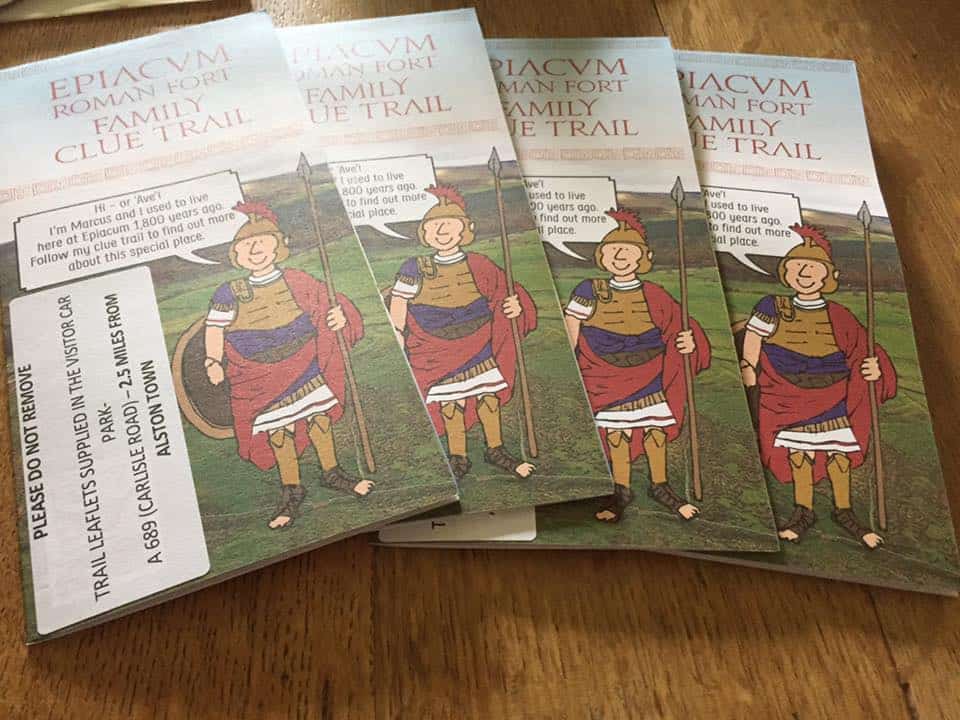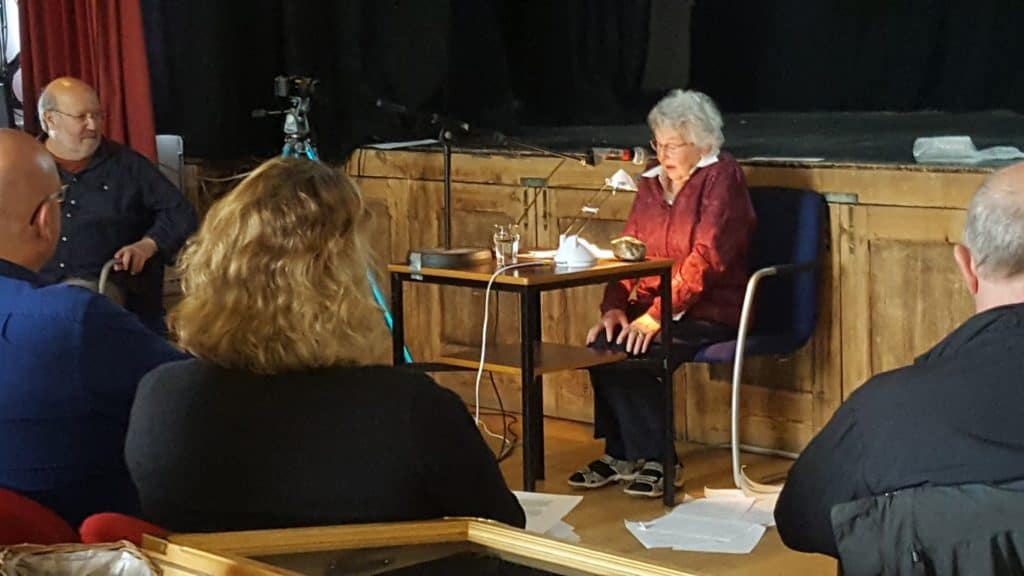Good morning. Today is looking good weatherise as dawn breaks over the valley …

Overnight we got some really good questions on social media.
The first was “Why dismantle the wall if it part of the history?”
An excellent question.
Answer:
The problem with the wall is four-fold.
- The first issue is the construction methods and location / situation meant that the wall was dangerous and kept on falling over. The constant repairs were damaging the fort as well. This wouldn’t be a problem in any old field, but because it is on a scheduled monument to which the public have access it has been a long standing safety problem. Coupled this with the fact that because the wall goes directly across the middle of the monument people kept climbing it to get from one side to the other, which was also dangerous.
- The next issue was that in order to get from one side of the site to the other, if people didn’t climb the wall, they ended walking over both the ditch system and areas of both archaeological and natural importance. As the visitor numbers increase these areas were getting severely damaged. Opening up the fort enables access without damage.
- Historic England gave permission for the removal of *part* of the wall for archaeological reasons. (We have only removed the parts of the wall necessary – those on top of the fort and left the remaining walls.). Doing this is enabling us to see if we can learn anything about the construction of the wall and about the history of the fort as digging is prohibited.

- Lastly the removal of the part of the wall on top of the fort allows people greater appreciation of the scale, siting and construction of the fort. The site is scheduled and protected. It is illegal to dig or to remove anything from the site without permission and oversight from qualified archaeologists. We are preserving the site for future generations.
The second question was “Why is digging prohibited?”
Another good question.
The problem with digging is that it is destructive. Once a site has been dug that’s it. The evidence can’t be reconstructed. So unless digging is going to answer a research question that can’t be answered elsewhere, doing a dig just destroys the archaeology and others evidence we don’t know yet how to get at or even see.
If you think about all the technology we have today that enables us to see things we couldn’t 100 or even 50 years ago. Things like MRI scanners for the body, Radio telescopes for space. Lidar and other technologies to see under the soil…
This means that in all likelihood in the next 50, 100, 1000 years new technologies will enable us to see things we don’t even know exist today.
Now if we destroy that evidence using the primitive technology of today, we are denying future generations the chance of finding things out we can’t at the moment.
So if we preserve it we then give a chance to future generations to learn more with new non-invasive technologies.
There are very strict rules in the UK about where people can and can’t dig for these reasons.
And so onto site and I will do a post soon about some more of the many discoveries from yesterday.
🙂
DW
In this series:
- Operation Jericho – The Set up
- Day 1 Operation Jericho – The wall starts to fall-new finds
- Day 2 The weather is getting better
- Day 2 The walhttps://youtu.be/Vr4157FW1vcl reveals more secrets
- More Day 2 finds
- Day 3 Some good questions
- Day 3 finds and news about the wall
- Day 4 more wall fun
Overview of the project:



